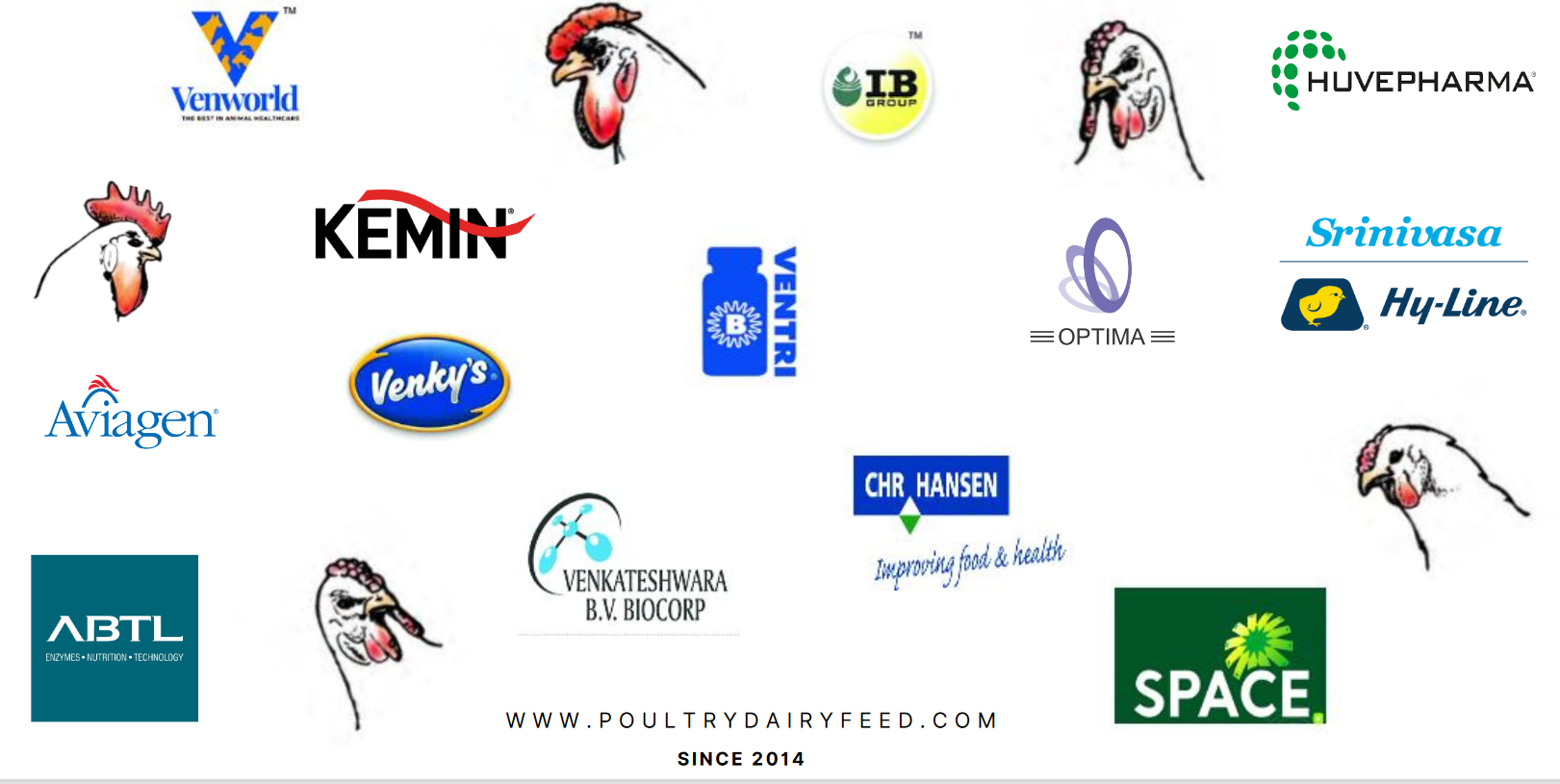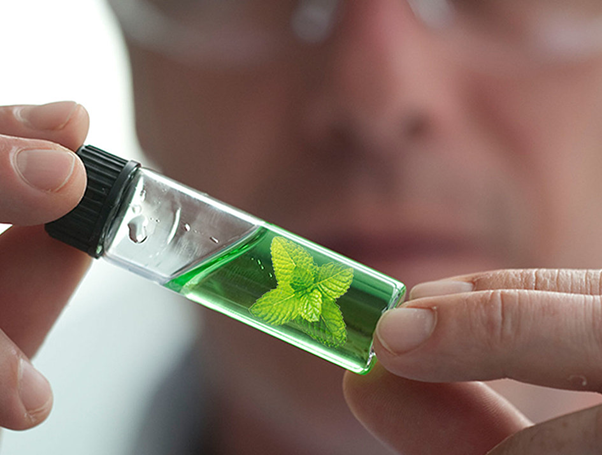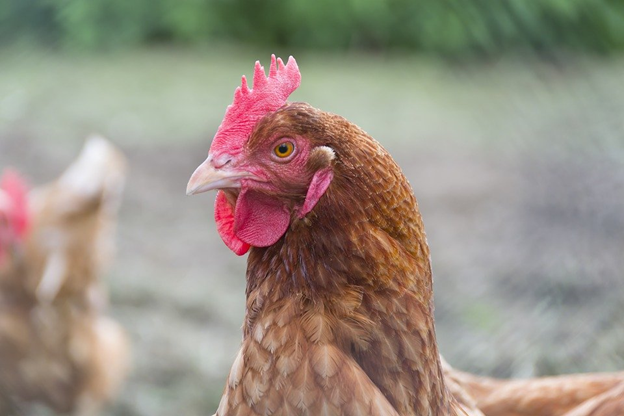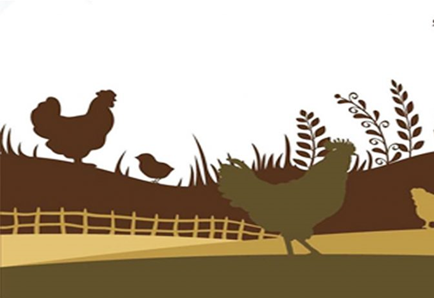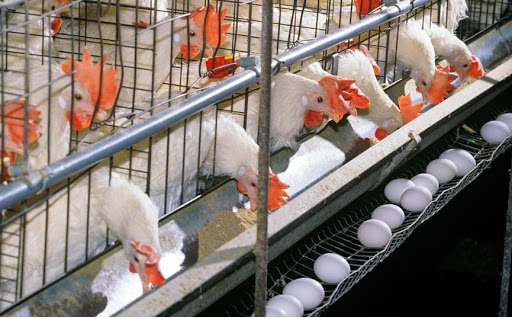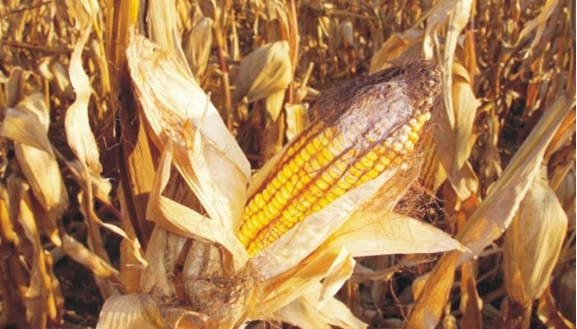By Dr. Sandeep Gavali, Dr. K.P. Kale, Dr. Sunil Nadgauda, Dr. Parag Mahadik and Dr. Sudhir Kale from Venky’s India Limited, Pune As per current scenario, oil is one of the major source of energy in poultry feed for fulfillment of required energy levels. According to Baião NC and Lara LJC (2005) the term fat (animal or vegetal) is used as a synonym for lipid in the human food as well as in the ingredients for animal nutrition. The addition of fat to diets, besides supplying energy, improves the absorption…
Category: Articles
How Phytogenics Add Value for Feed Producers and Integrations
AuthoredbyAntonia Tacconi Phytogenic feed additives have a range of properties that support livestock production, including antioxidant, anti-inflammatory, anti-microbial and nutrient absorption-enhancing effects, and can help prevent problems such as scours in pigs. But understanding how to combine phytogenics–and what to provide to animals in each stage of production–is key to maximizing their benefits Phytogenic feed additives have a range of properties that support livestock production, including antioxidant, anti-inflammatory, anti-microbial and nutrient absorption-enhancing effects, and can help prevent problems such as scours in pigs. But understanding how to combine phytogenics–and what to…
CONSTRAINT IN POULTRY MEAT PRODUCTION IN INDIA AND HOW TO IMPROVE IT
Nripendra Pratap Singh1*, Pramod Chaudhary2, Ninad Bhatt1 1Ph.D. Scholar, National Dairy Research Institute, Karnal, Haryana 2 Ph.D. Scholar, Indian Veterinary Research Institute, Izatnagar, Bareilly Introduction Poultry is one of the fastest growing segments of the agricultural sector in India today. While the production of agricultural crops has been rising at a rate of 1.5 to 2 percent per annum and that of eggs and broilers has been rising at a rate of 8 to 11 percent per annum. As a result, India is now the world’s third largest egg producer…
Biosecurity in Poultry Farms
Dr.Praveen K Singh Kemin Industries South Asia Pvt. Ltd. Location Selection Farm should be minimum 500 meter away from the main road and from the hatchery and processing plant Young birdshouse and hatchery should not be in down wind direction Avoid construction in lowland which is prone to water stagnation andfrequented by migratory birds All In All Out Program: Rearing birds of different age groups should be avoided If birds of different age groups are present in the farm, young flock must be visited first Structural Biosecurity: Physical barriers like…
AUTOMATION IN POULTRY FARMING
NINAD BHATT, RAJNEESH, SHWETAMBRI JAMWAL National Dairy Research Institute, Karnal, Haryana Introduction In recent years, most poultry operation are intensive type houses with environment controlled houses, in which inside conditions are maintained as near as to the bird’s optimum requirements. The optimum temperature is 24oC with the relative humidity of 50 to 60%. A closed building with no windows, longitudinal preferably east to west, with big exhaust fans on west side while evaporative cooling pads on east side along with automatic feeding and drinking systems inside are gaining popularity. Fully…
ALL CLAYS ARE NOT CREATED EQUAL
Douglas Zaviezo, Ph. D. Special Nutrients INTRODUCTION Practical methods to detoxify mycotoxins contaminated grain or feed on a large scale and in a cost-effective manner are not currently available. At present, one of the most practical approaches consists of using adsorbent materials in animal diets to reduce the absorption of mycotoxins from the gastrointestinal tract. Clays are an important group of products that have been used successfully worldwide to reduce mycotoxicosis; and all commercial anti-mycotoxin additives or mycotoxin inactivators available in the market are clay based products. CLAYS Clays are…
Effects of phytogenic feed additives on bird health
Andreas S. Muller, Senior Manager R&D Poultry, Delacon Biotechnik GmbH. From January 1st, 2006 onwards in the European Union (EU) antibiotics were banned as growth promoting feed additives. As the first and currently single Asian country the Republic of South Korea followed the EU example in 2011. It can be expected that numerous further big countries in the world will also remove feed antibiotics within the next few years. The protection of consumers health is the main reason for these decisions. However, the removal of antibiotics at the same time…

